GPCR/G protein
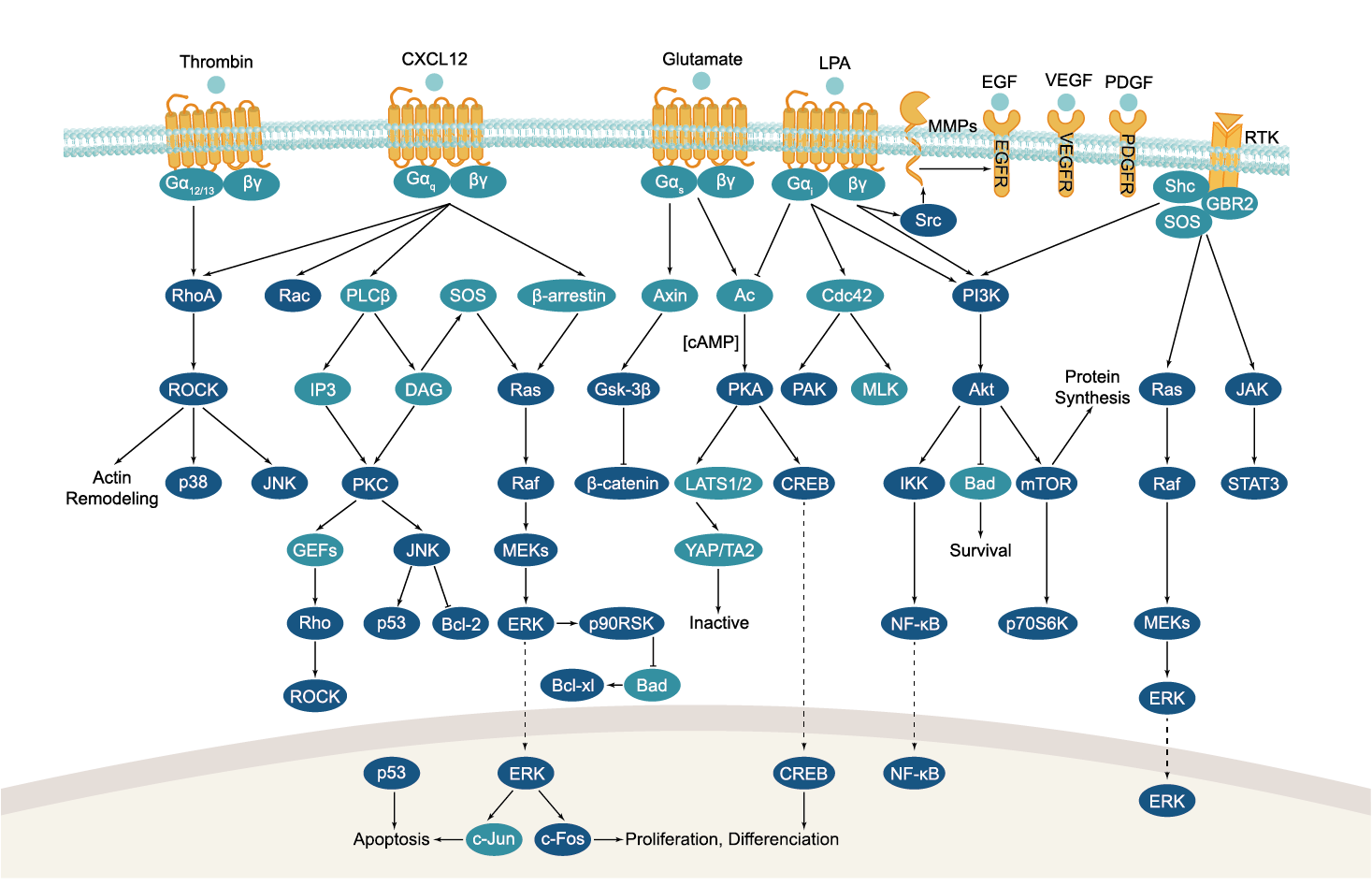

All GPCRs share a common seven trans-membrane structure. GPCRs are associated with heterotrimeric G-proteins which are GTP-binding proteins made of alpha, beta, and gamma subunits. When a ligand binds to GPCR, it activates the attached G-protein, the GDP is replaced with GTP. The activated G-protein then dissociates into an alpha and a beta-gamma complex which activates downstream signaling pathways. These intracellular signaling pathways include cAMP/PKA, calcium/NFAT, phospholipase C, protein tyrosine kinases, MAP kinases, PI-3-kinase, nitric oxide/cGMP, Rho, and JAK/STAT.
GPCRs are one of the most important therapeutic targets for various diseases, over 30% of all modern medicinal drugs target this family. Aberrant GPCR functions are involved in pathological conditions such as neurological, immunological and hormonal disorders. A large number of GPCRs have been identified, but whose ligands are not known, are classified as orphan receptors.
-
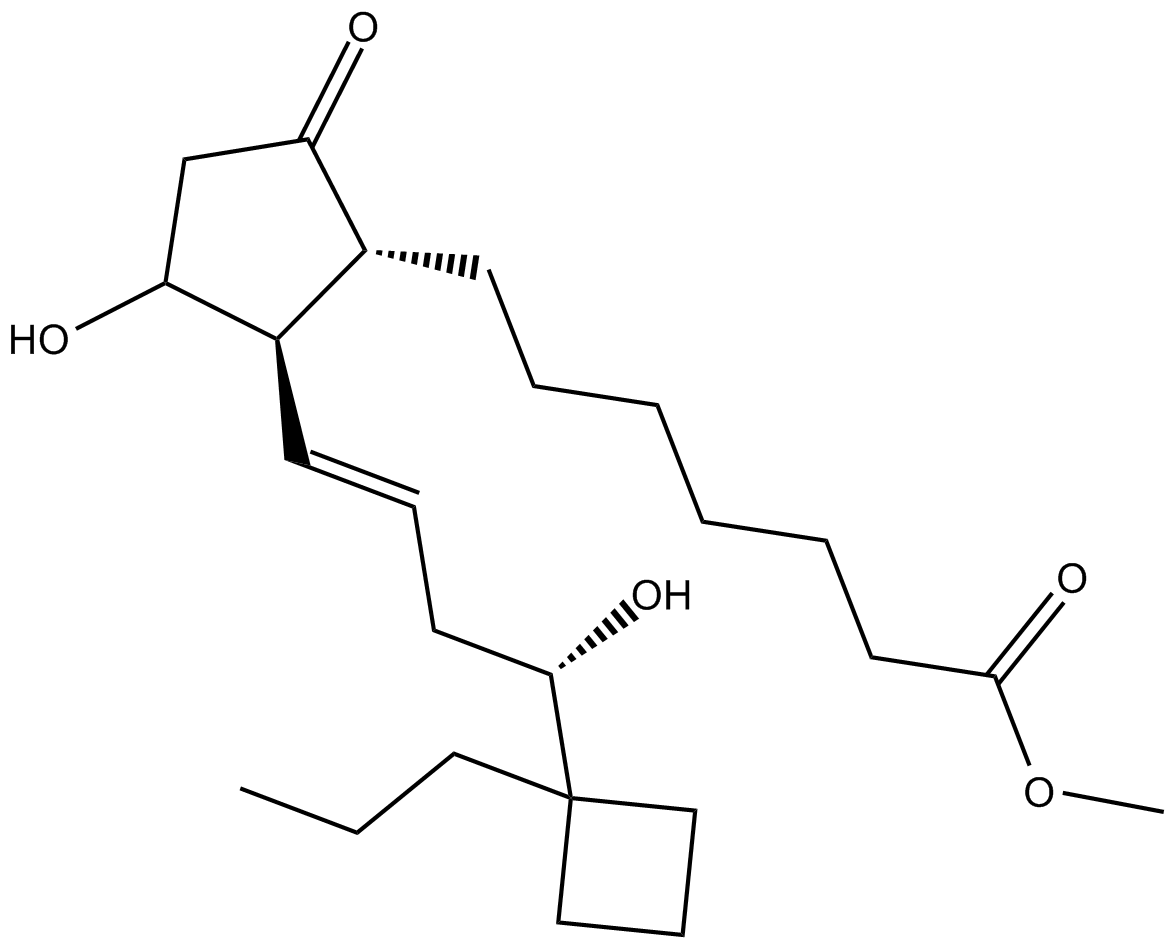 B7931 ButaprostSummary: Structural analog of PGE2, a selective agonist for the EP2 receptor subtype
B7931 ButaprostSummary: Structural analog of PGE2, a selective agonist for the EP2 receptor subtype -
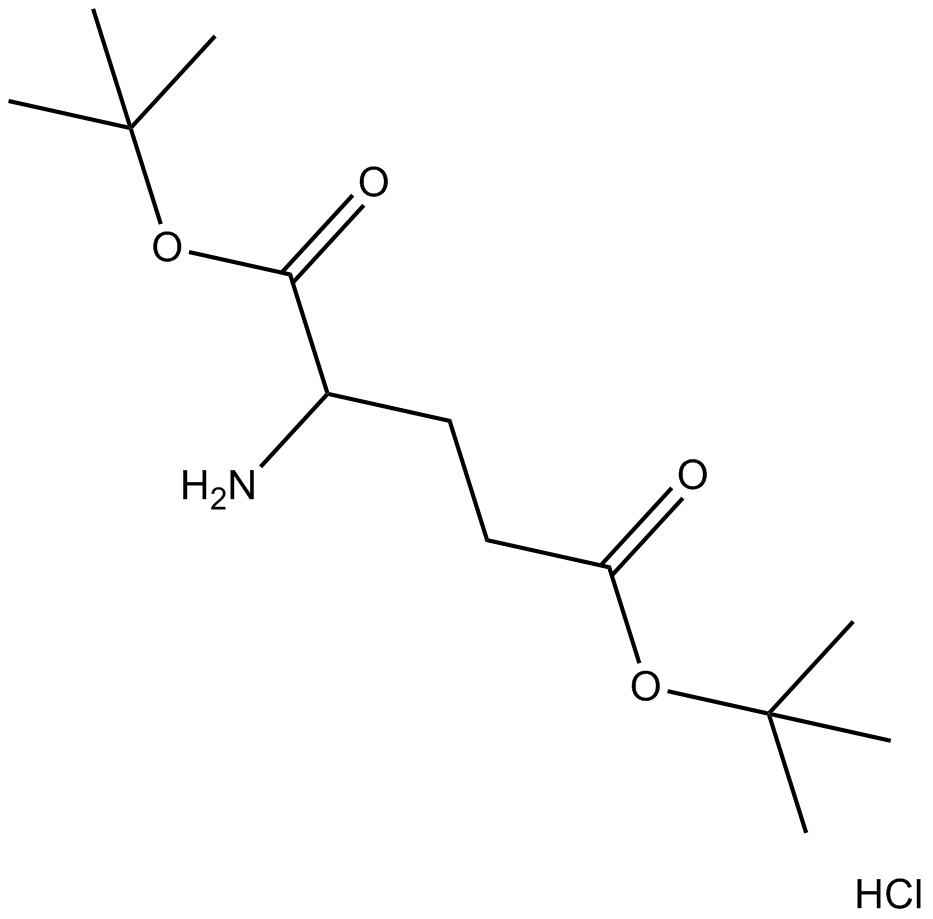 A7175 H-Glu(OtBu)-OtBu·HCl
A7175 H-Glu(OtBu)-OtBu·HCl -
 B7943 2-Arachidonoyl GlycerolSummary: Endogenous agonist of CB1 receptor and CB2 receptor
B7943 2-Arachidonoyl GlycerolSummary: Endogenous agonist of CB1 receptor and CB2 receptor -
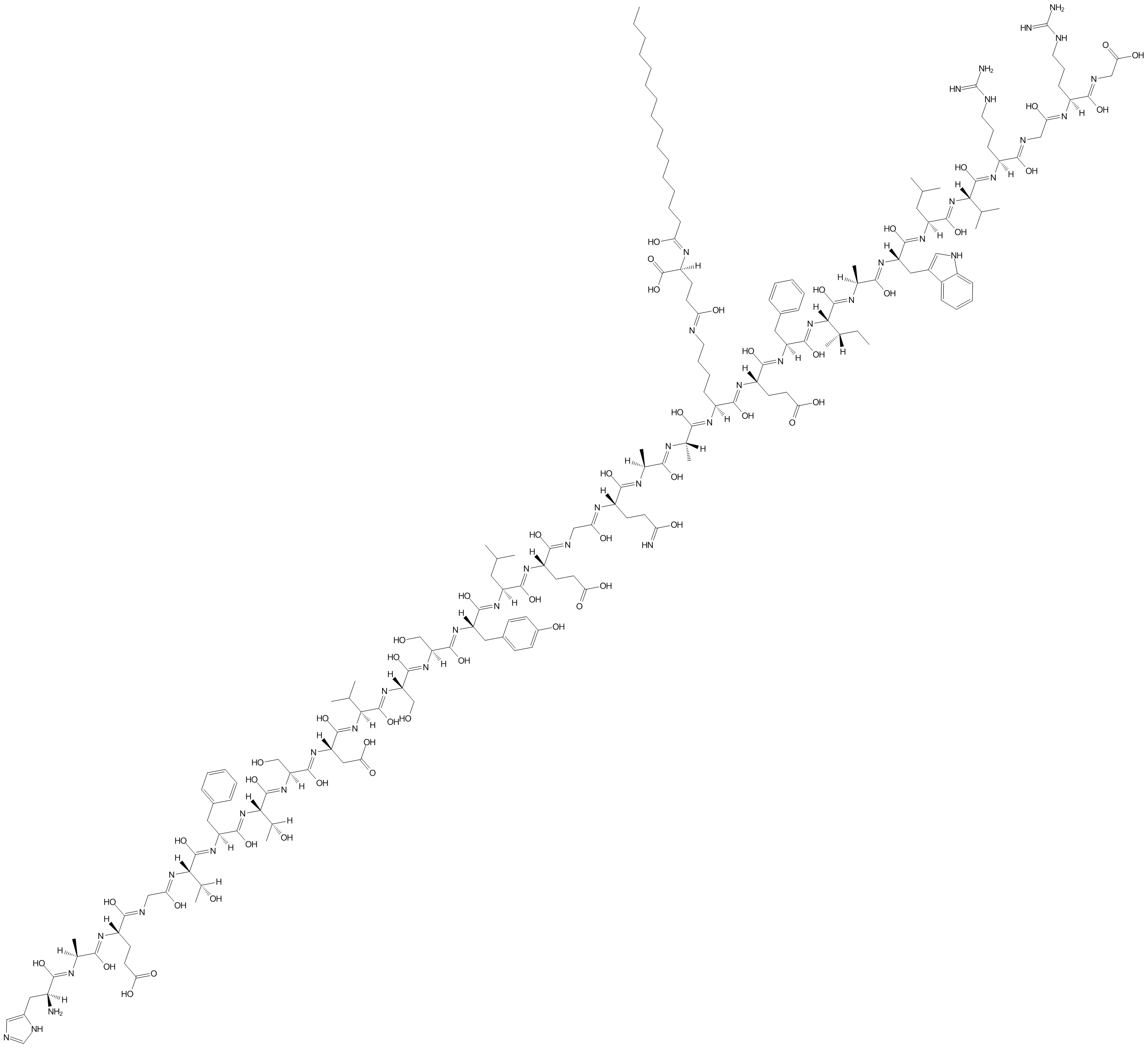 B7949 LiraglutideTarget: GLP-1 receptor
B7949 LiraglutideTarget: GLP-1 receptor -
 B8208 Naloxone (hydrochloride)
B8208 Naloxone (hydrochloride) -
 B8303 Epinastine
B8303 Epinastine -
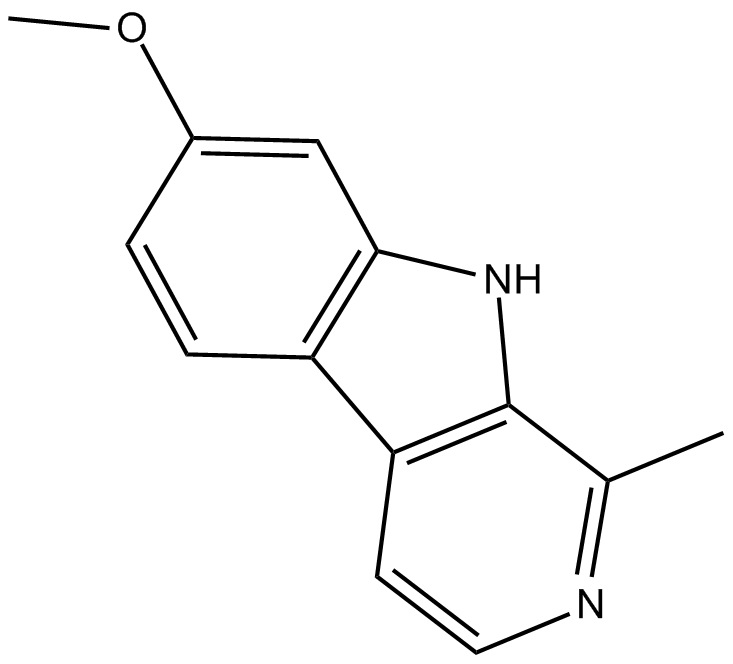 B8316 HarmineSummary: Harmine
B8316 HarmineSummary: Harmine -
 B8385 BAY-293Summary: Potent SOS1 inhibitor, disrupts KRAS-SOS1 interaction
B8385 BAY-293Summary: Potent SOS1 inhibitor, disrupts KRAS-SOS1 interaction -
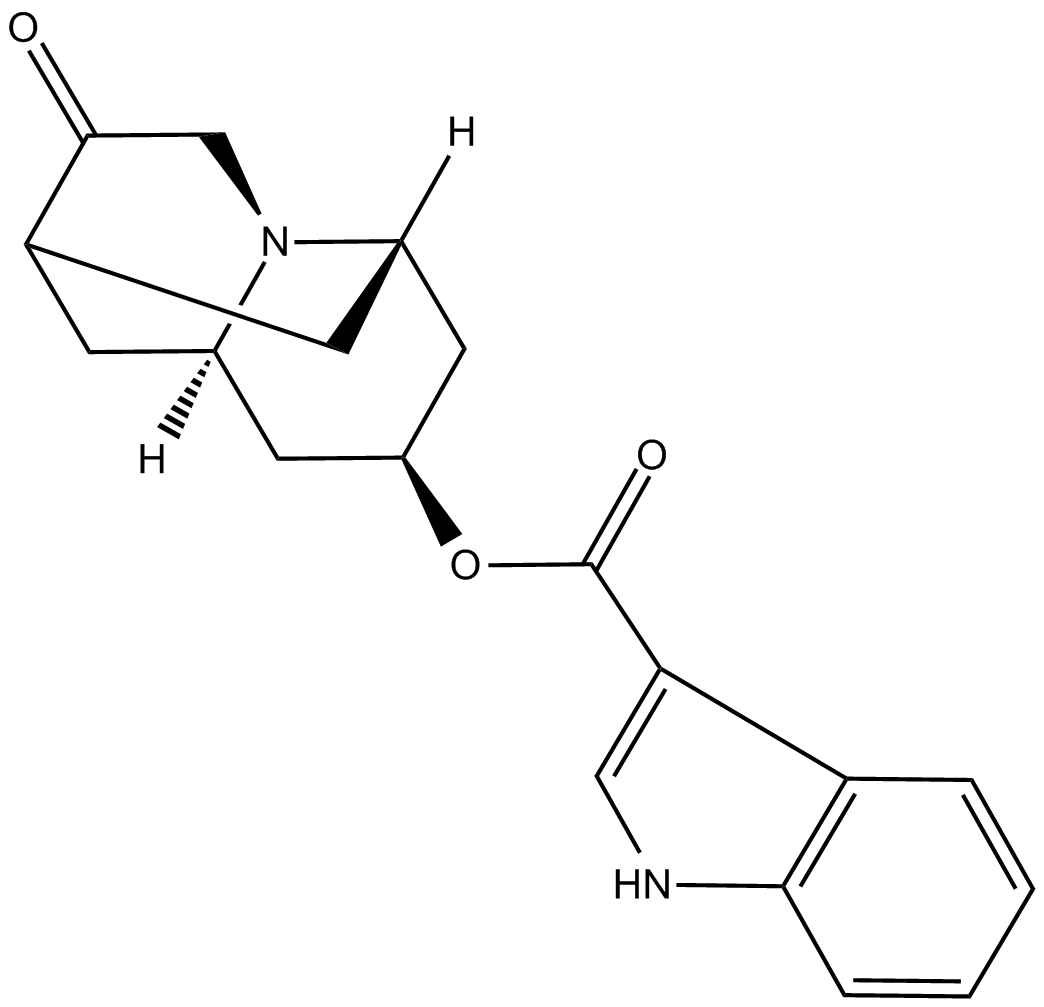 B8718 Dolasetron
B8718 Dolasetron -
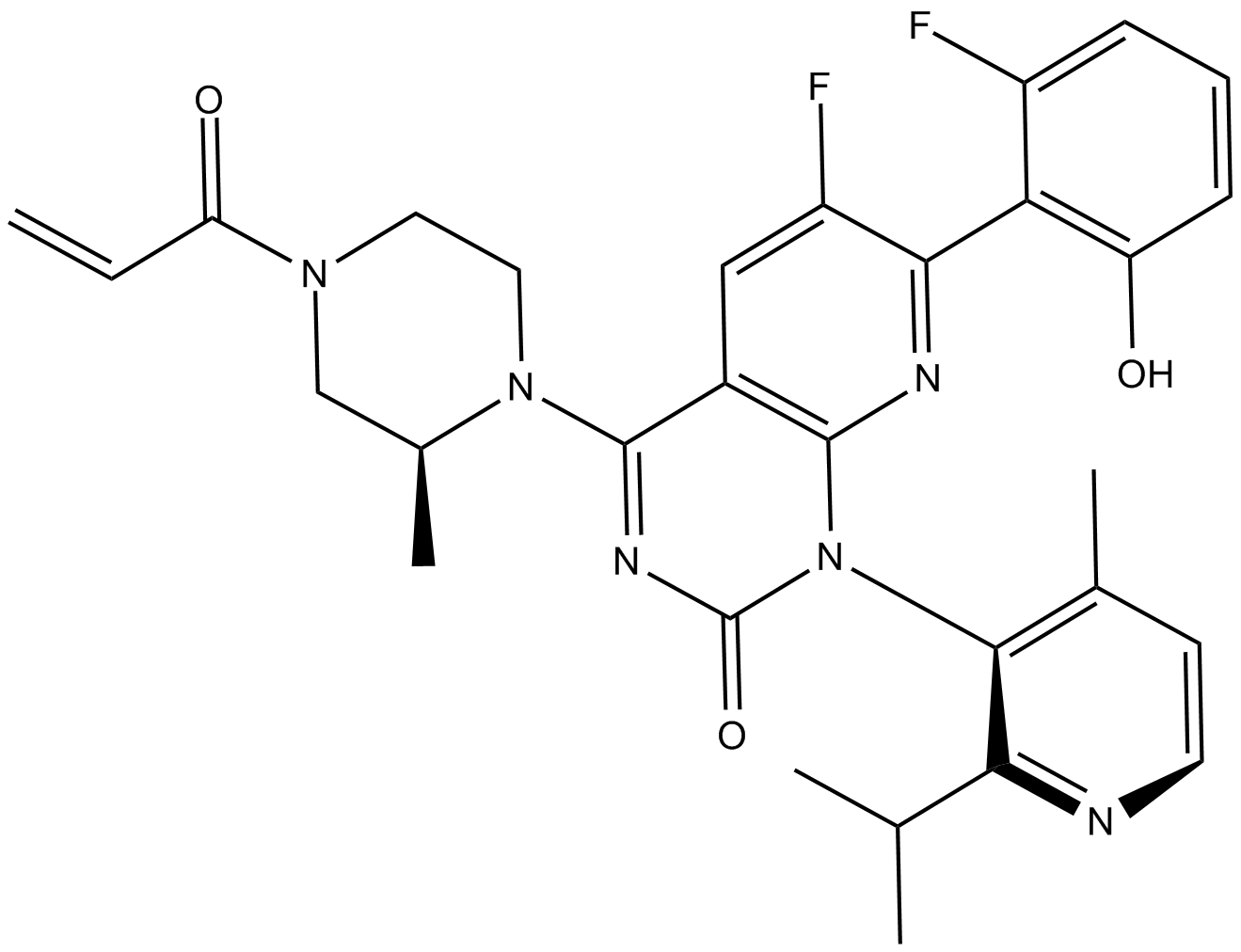 B8399 AMG 510
B8399 AMG 510


